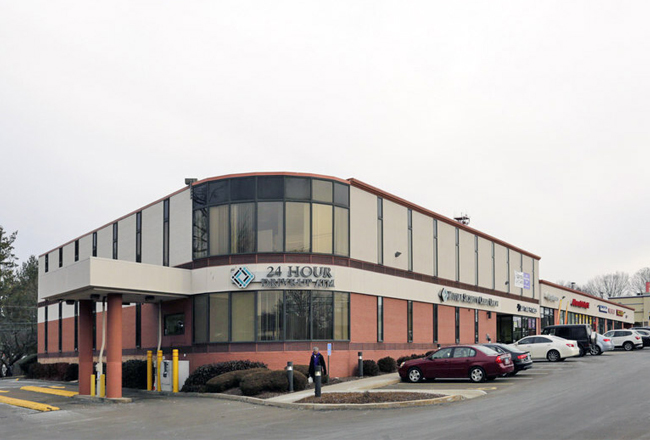 It used to be that railroad lines in the Hudson Valley could be counted on for bringing tourists and other travelers into the region, as well as carrying freight that was vital for the economy.
It used to be that railroad lines in the Hudson Valley could be counted on for bringing tourists and other travelers into the region, as well as carrying freight that was vital for the economy.
While changing times have seen many of those lines vanish, others have had their rights-of-way repurposed so that once again they are attractive for tourists and travelers and even local residents.
Scenic Hudson, the Poughkeepsie-based nonprofit that preserves land and farms and creates parks in the Hudson Valley, recently negotiated and funded the acquisition of 2.7 miles of a former rail corridor. It announced that the new rail trail was a reality on Dec. 11. Some of the money came from Scenic Hudson”™s Lila Acheson and DeWitt Wallace Hudson Valley Land Preservation Endowment.
The Dutchess County Legislature had previously, on a unanimous vote, decided to assume ownership of the corridor and develop and maintain the rail trail. Scenic Hudson had worked with the county in conducting an assessment of the environmental and physical conditions of the corridor.
It had been a freight train spur and had gone unused since the early 1980s. Shaped like a V, the rail corridor, now devoid of tracks and ties, extends north from Clinton Street in Poughkeepsie past the Mid-Hudson Regional Hospital to the site of the former Hudson River Psychiatric Hospital, past Marist College and ends near Kittredge Place. It will help provide direct access to the Poughkeepsie waterfront as well as the Dutchess Rail Trail and Walkway Over the Hudson, the 1.28 mile former rail bridge over the Hudson River that was converted into a state park and is billed as the world”™s longest elevated pedestrian bridge.
Plans call for the new Poughkeepsie rail trail to become part of the Empire State Trail, expected by the end of 2020 to be a 750-mile route from New York City to Canada and Buffalo. About 400 miles of the trail exist, although not all segments are connected. Gov. Andrew M. Cuomo announced the trail plan in January 2017, positioning it as a key effort for tourism development, outdoor recreation and community vitality.
Ned Sullivan, president of Scenic Hudson, said the new rail trail at Poughkeepsie presents “great potential for expanding tourism and much-needed jobs.”
Steve Rosenberg, executive director of the Scenic Hudson Land Trust, told the Business Journal, “We”™ve seen time after time that projects like this that run through communities where there are vacant or under-utilized buildings or parcels of land all of a sudden help create new economic opportunities. You literally have thousands of people traveling who might be interested in stopping to take advantage of a new café, a microbrewery, some other shop or store, or a residential opportunity that they frankly hadn”™t thought about before.”
While likening the Walkway Over the Hudson to being a Central Park for the Mid-Hudson region, Rosenberg noted that rail trails such as the new one in Poughkeepsie as well as the existing RiverWalk in Westchester, Old Croton Aqueduct Trail, Hudson Valley Rail Trail and Greenline Trail in Kingston help develop a regional identity.
“The rail trail system in the Hudson Valley as a whole is growing by leaps and bounds,” he said. “Increasingly that is going to make the region more attractive for people who will want to move businesses here, who will want to live here and who will want to start new businesses and other projects because of their relationships to the trails.”
He said rail trails and similar features can help support property values.
“We”™ve actually found over time that project after project results in houses actually becoming more attractive, actually garnering a premium on resale because of accessibility to a rail trail,” Rosenberg said.



















